Why I Deserve a Full Refund on My Tesla
By Meira Leonard
I’ve always purchased practical cars. The first car I bought was an old unattractive gold VW Jetta—despite having my heart set on a vintage Jaguar. But my parents stepped in, and I gave in, even though I was footing the bill. I’ve always loved old cars. As a kid, I went to classic car shows with my dad, and for a while, I even dreamed of becoming a car designer. But somewhere along the way, I got practical.
By 37, I was leasing a Nissan Sentra when a friend called me out: “If you love cars so much, why are you driving that?” Good point. Soon after, I bought a 2008 silver Porsche Cayman for $25K. It was the best car I had ever driven – it felt like perfection. It was also the craziest, least practical thing I’d ever done. I wasn’t some rich girl – It was 100% on loan.
Until about 38, I didn’t even have a savings account—let alone anything to put in it. I had a stable job and no credit card debt, but had student loans and was living paycheck to paycheck.
Then my father died. Cancer—caused by an undisclosed side effect of a prescribed medication. My mother sued, and we received a settlement. It was just enough to pay off my student loan, pay off my car, quit my soul-crushing job, and start my own business. And it worked—my business did well.
That’s when I learned something most people don’t talk about: it’s nearly impossible to make money when you start with nothing. But have some —and everything changes.
Something I think Musk knows a lot about. —–>
Purchasing Nightmare
In 2017 (as shown in the screenshot below), I got excited about the idea of owning a Tesla and added it to my future wishlist. I loved the color, elegance, 100% torque, but also saw it as a smart long-term investment—especially because it was electric. I had been interested in electric vehicles for years (watched the documentary Who Killed the Electric Car).
The thought of driving something that could be sustainable and even use renewable energy like solar felt smart and yet still beautiful. I came into the Tesla shop numerous times asking questions over a period of 4 years. Finally, in 2021 I had saved up enough money and put down the Tesla 3 reservation deposit. I absolutely loved my Porche so I assumed this was going to be even better.
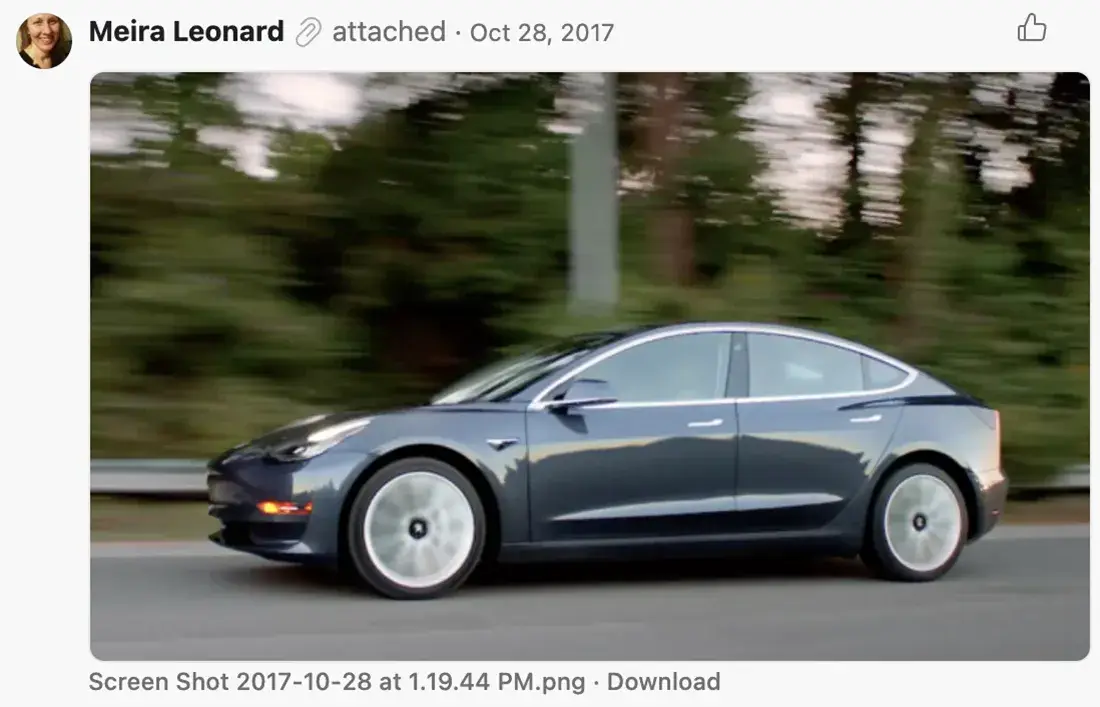
Unfortunately, no. The delivery date for my Tesla kept getting pushed back, with no clear answers from Tesla. I couldn’t afford the new car without selling my Porsche. To make matters worse, Tesla valued my trade-in at only $11,000—far below market value, yet I ended up selling it myself for $20,000. The buyer put down a deposit, and I had to keep delaying the handoff because my Tesla still hadn’t arrived. I was growing increasingly anxious that he might back out.
I kept calling Tesla, asking if they could give me a firm delivery date. Eventually, one representative assured me the car would “definitely” be there by a certain date. That date came and still no car. I had already handed over my Porsche, leaving me without a car—something I urgently needed for work. I was completely stuck.
When I voiced my concerns to a Tesla supervisor, I was essentially brushed off. After much back and forth, I was told my only option was to take a white car or wait several more weeks. Given my situation, I had no choice but to accept a car I didn’t want.
I spent $43,040.02 for a car I did not order.
Misinformation
Before purchasing the Tesla, I asked plenty of questions.
One being, “How do I find a charger?” I was told, “There’s a map—just click on it and it’ll show you available chargers and directions to them.” That sounded awesome. What they didn’t tell me was that the map only shows Tesla chargers—and at the time, there were none available to the general public in Hawaii. The Tesla reps knew this but never disclosed it. I mistakenly assumed they were more transparent than typical car salespeople.
My first attempt to charge the car was a rude awakening. I downloaded an app (the first of eight I now have for charging), and after an hour of charging, I’d gained less than 20 miles. Driving there and back cost me nearly that much, leaving me with about a 12-mile gain. I called Tesla, and they casually told me I needed to purchase a CHAdeMO adapter —for $400 which was never mentioned during the sales process. And it was out of stock with no clear idea of when it would come back in stock.
Worse, I later found out that fast charging can degrade the battery and reduce the car’s long-term value. That, too, was never disclosed along with the fact that you can only use 80% of the battery without causing additional harm to your battery. No one gave me a clear explanation of how charging would work—or that it would involve buying multiple adapters and navigating a disjointed, extremely unreliable system here in Hawaii. (emails I sent to State Representative Ed Case about this)
No Reliable Infrastructure
I quickly discovered that many public charging stations—often owned by companies like Shell—are notoriously unreliable. In my experience, more than half the time the chargers don’t work.
One night, after a late shift, I stopped at three different stations on my way home—none of them were functioning. With each attempt, I lost more charge and became increasingly anxious that I’d be stranded alone at night, away from home. That kind of stress became a regular part of my life. You could ask any of my friends how often I worried about whether a charger would, not only, be available—but even operational.
Had I known how inconsistent and broken this infrastructure really was, I never would have bought this car. No one would.
Major Increase of Costs
Quadrupling Insurance
Only after buying the car did I discover my insurance premiums had skyrocketed—more than quadrupling overnight. I’d been with Geico for 25 years, accident-free, with very low rates ($57.99/mo). Normally, I would have checked insurance costs beforehand, but how does repairing an older Porsche cost less than insuring a new Tesla with no engine? Especially when the Tesla Model 3 was supposedly designed for the ‘average consumer.’
I simply couldn’t afford the insane new rates, so I was forced to switch insurers. This was still an increase of over 100% (now $132.18/mo). On top of that, I went from a $100 deductible to a $1,000 deductible, which later turned out to be a major disadvantage. Switching companies also destroyed the long-term discount I had with Geico, so I can never go back and get the same rates. Yet again, the huge insurance increases were never mentioned before purchasing the car. Why are they needed? I sure found out later.
Paying More for Electric, than Gas!
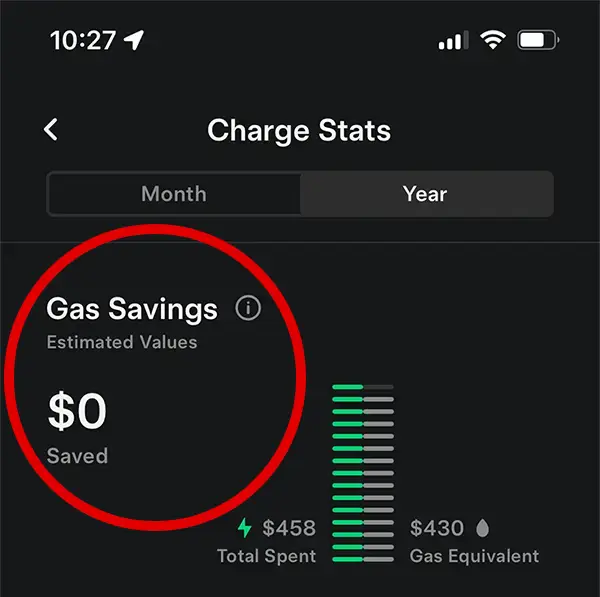
I bought this car thinking long-term. It was the first brand-new car I’d ever owned. I wanted an electric vehicle that was not only beautiful but also practical and economical—saving me money on gas. But when you factor everything in, this car is anything but practical or cost-saving.
I’m paying electric rates that are higher than gas prices, dealing with outrageously high insurance premiums, and wasting an absurd amount of time at charging stations. On top of that, I’m losing extra miles constantly trying to find a station that actually works—hardly the way to save the planet.
Insane repair costs
A construction sign blew over and scratched the paint in three spots (see below). The repair costs are $4,651.83 ($1,000 deductible) and of course my insurance will go up if I decide to fix it. For comparison, when I owned the Porsche, something fell on the roof, causing multiple dents and scratches—and the entire repair cost was only $1,000 ($100 deductible). How on earth do three scratches on a Tesla cost nearly five times that?
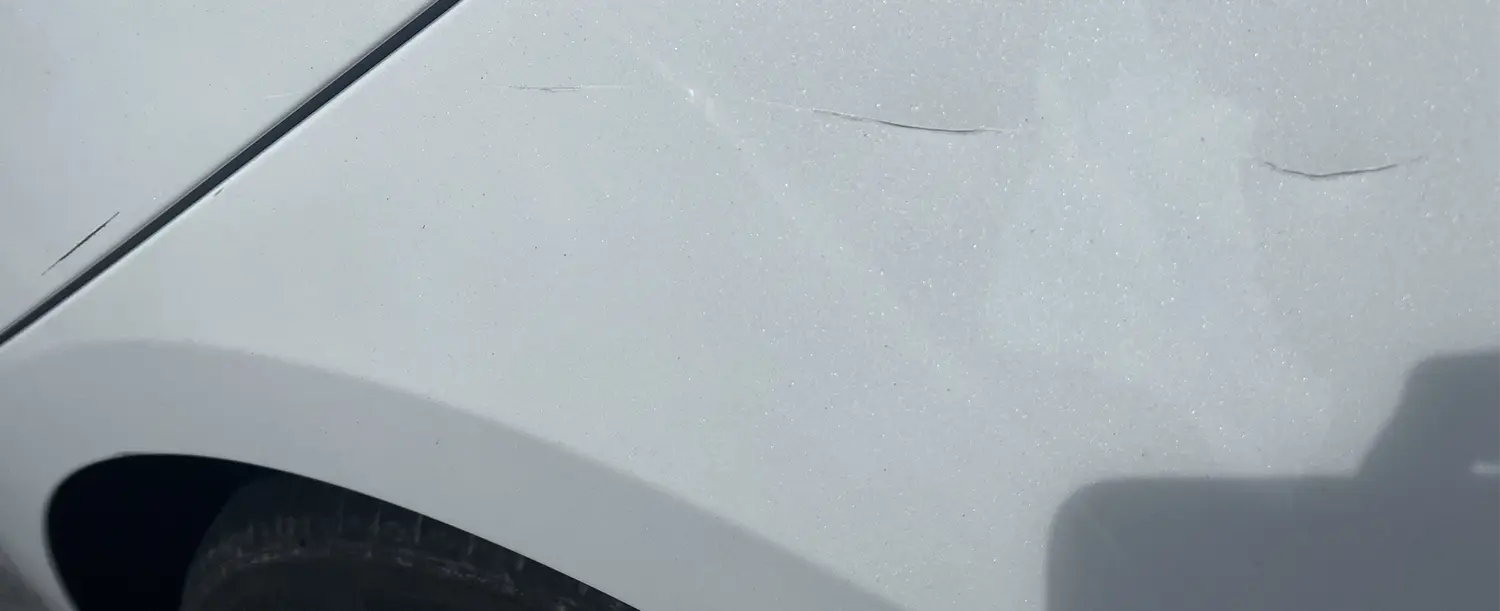
Then, I hit a curb while my building was under construction, leaving a dent on the lower side panel. You kind of have to look for it to see it. I was told it would be over $5,000 to repair. Combined, these two minor incidents would cost a quarter of the car’s total value. Unbelievable.
The 3rd repair cost happend just last month, to replace the 12v and Pyrotechnic Batteries, just after my warranty expired. It cost almost $1200, when the parts were only $135. You’ll read more about later. They said I was ‘lucky’ because if it had also been the ‘power conversion system’ that would have been another $2-3K. Lucky really?
How did this car pass quality control?
Massive blind spots
From the beginning, the car presented serious safety concerns. Within just a few months of owning it, I narrowly avoided sideswiping two vehicles—something I had never come close to in decades of driving. I quickly realized the Tesla Model 3 has massive blind spots—on both sides, behind, and even partially in front. Visibility is poor, and I found myself relying heavily on the animated display that shows nearby vehicles and pedestrians.
Eventually, Tesla added side-view video feeds that appear on the center screen when you use your turn signal. This, in theory, sounds helpful—but in practice, it’s a flawed design. First, we’re repeatedly told not to rely 100% on Tesla’s autonomous features; they’re supposed to be supplemental. But with such large blind spots and no physical blind spot indicators, we’re forced to check our mirrors, the screen, and the road—three separate reference points—just to change lanes. That’s not safe or practical!
On a recent trip, I rented an older Prius, and it had something so simple and effective: blinking red indicators on the side mirrors when another vehicle was in your blind spot. No learning curve, no distraction—just clear, intuitive safety. Tesla, on the other hand, touts its ‘highest safety ratings,’ but that’s misleading. You can’t strip away basic visibility, replace it with unreliable tech, and call it an upgrade.
Same as driving while on your cell phone
Another major issue: the complete lack of tactile controls. The term is called ‘knobology’—the ability to operate controls by touch with minimal visual input. Tesla has removed almost all physical controls. Everything, and I mean everything—including opening the glove box—is controlled through the central touchscreen. That means you’re constantly taking your eyes off the road for even the most basic functions like adjusting airflow or changing the temperature.
In a traditional car, your hand finds the knob. In a Tesla, your attention is split between driving and tapping around a digital interface. That’s not innovation—it’s a safety risk disguised as minimalism. How is that any different from using your cell phone while driving?
Self Driving- Swerved into other Lane
I’ve used Tesla’s self-driving feature occasionally, but honestly, I’ve never found it all that useful. Last year, a friend came to visit, and while we were driving, she asked if I could demonstrate the self-driving mode. Within seconds of activating it, the car suddenly veered sharply into the adjacent lane. I had to grip the wheel firmly & quickly correct it. We were both stunned—it was genuinely frightening.
I have no idea what the car thought it saw—a bird, a leaf who knows—but there was no threat, and no reason for such a dangerous maneuver. She asked if that kind of thing happened often. “No,” I said. But once is more than enough. The truth is, you still have to be hyper-aware—not just of other drivers, but of your own car’s unpredictable behavior. I haven’t used the autopilot since.
Windshield Wipers Don’t work
Even something as basic—and essential—as the windshield wipers doesn’t work properly on this car. Whoever thought it was a great idea to mount the forward-facing camera at the top of the windshield clearly didn’t consider how water actually hits a windshield in real life. Most of the spray from other vehicles hits the bottom of the windshield, not the top—yet the car relies on the camera to decide when to activate the wipers. From the beginning, they often wouldn’t activate at all, leaving me scrambling to see through a soaked windshield.
To make matters worse, there’s no manual wiper knob. Everything is controlled through the touchscreen. Yes, there’s a washer fluid button, so for the first year, I went through gallons of washer fluid just to force the wipers to come on. Meanwhile, I had to fumble through the screen menus to find the setting to keep them on high—while driving.
At one point, the wipers began turning on randomly and wouldn’t stop. I brought it in for service, and they ‘fixed’ it by replacing the camera. To demonstrate that it worked, the Tesla service person threw a bucket of water over the windshield—as if that’s a valid simulation of real-world driving conditions. It wasn’t. But I didn’t know how else to push back at that point.
Honestly, this issue alone—if I had known about it before buying the car—would have been enough for me to walk away.
Software Update – Can’t Find things
Software updates often rearrange features or settings, so things suddenly aren’t where they used to be. This adds unnecessary distraction and makes driving less safe, forcing you to scan through the touchscreen just to find basic functions you already knew.
Cool Features? Nope Just Bad Design
Paint Sparkles Rust
As I mentioned, I never originally chose the white paint color and was unaware it included a metallic ‘sparkle’ finish. Unfortunately, those sparkles have now turned into tiny rust spots spread across the entire surface of my car—after just four years. It’s shocking how quickly the finish has deteriorated. By comparison, my 2008 Porsche, which was over a decade older, was completely rust-free. This stark contrast speaks volumes.
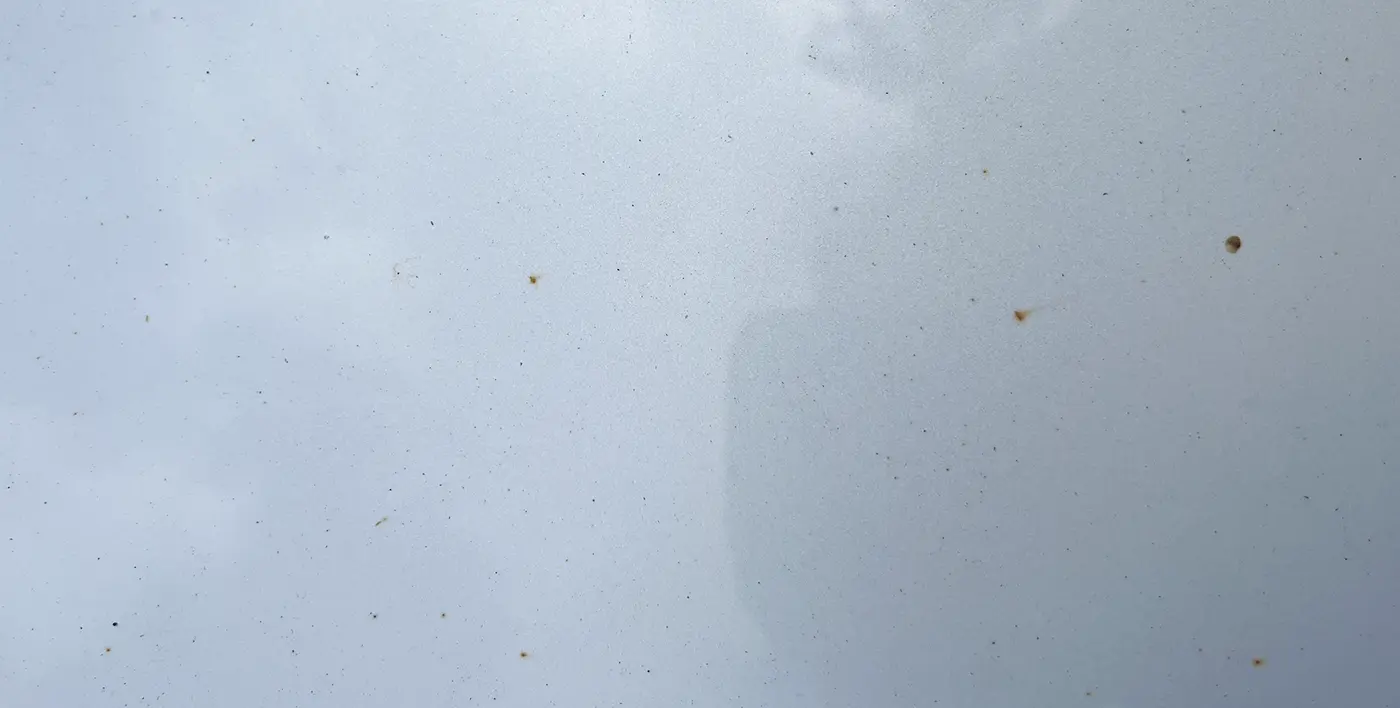
Key Card
I had no idea I needed to turn off the phone’s ‘Phone Key’ feature if I wanted to use the ‘Key Card.’ For the first few months, I’d go for a swim thinking my car was locked—when in reality, anyone could have just walked up and opened it.
Also, who thought it was a good idea not to put a hole in the key card so you could attach it to a key ring? How exactly are you supposed to keep it on your person? I lost my first one, then bought a bulky plastic cover that sometimes prevents the car from unlocking unless I remove the card entirely. These are such simple, common-sense details that were completely overlooked.
The ‘walk-away’ feature sounds great in theory—it’s supposed to lock your car automatically when you leave. But in practice, it takes many seconds to lock with a barely audible sound, and sometimes it doesn’t work at all. So you end up sitting there waiting anyway, which is no better than locking the car yourself. With all this advanced technology, you’d expect it to actually improve things.
When I first got the car, my phone fell out of my purse while I walked away, and I assumed the car was locked. Nope—not only was the car still unlocked, but my phone was left vulnerable and easily stolen. That’s when I realized the ‘walk-away’ feature is basically useless.
Overheat Protection
I was told to activate the ‘Cabin Overheat Protection’. What they conveniently forgot to mention is that running it drains about 10 miles of usable range every single day. That’s a huge hit, especially when you live in a condo without personal charging. Suddenly, that ‘cooling’ comes at a steep cost. I also suspect that without the constant cooling it caused the front panel of the glove box to start peeling away. They actually had to glue it back on. Seriously—at a $40K price point, you’re gluing my car back together?
Rearview Mirror that Broke?
How exactly does a rearview mirror even break? I noticed a strange spiderweb-like crackling pattern spreading across it. Thankfully, it happened just weeks before my warranty expired. When I brought it up, Tesla’s response was that the mirror uses ‘advanced technology,’ which had apparently broke. I can only imagine what that ‘advanced tech’ would’ve cost me to repair out of pocket. Meanwhile, a basic mirror at Walmart costs five bucks. This is ridiculous!
More Terrible Features
The Story of how I got Locked Inside my Tesla
FOR OVER AN HOUR
The final straw
Oh my God. Last night proved just how broken this entire system is. No one is truly in charge, and certainly no one is being held accountable.
I drove to the Dole Theater parking structure, which has one of the few chargers I can sometimes rely on. To my relief, one of the two slow chargers was available. I parked, plugged in, but couldn’t get the charger to activate. I called their support line—no answer. Tried logging in online—also down. I submitted a support ticket and tried again several times. In the process, I went over the “free” time limit in the garage by a few minutes and was charged $3… even though the charger was broken and there was no sign indicating that.
Frustrated, I drove to a nearby fast charging station—wasting more battery along the way—but thankfully it was available. I parked, started charging at 5:21pm, left my phone and belongings in the car, locked it with my Tesla key card, and went for a 40-minute walk. When I came back, my key card wouldn’t unlock the car.
For 15 minutes I tried everything—tapping the card in different places, trying to unplug the charger (which I couldn’t), restarting the charge—nothing worked. Oddly, it looked like the car had stopped charging already, which didn’t make sense. But I couldn’t even unplug the charger because I couldn’t unlocking the car. I was completely stuck.
I had no choice but to ask a random couple for help. They kindly called Tesla support, who then put me through a long string of security questions. Eventually, they were able to ping the car—but couldn’t unlock it remotely. Meanwhile, I was being charged $30 an hour just for being plugged in, without charging.
Then Tesla support told me I’d need a tow truck to break into the car and disconnect the charger. That turned out to be wrong. Thankfully, the same couple offered to use their AAA to send a truck—an absolute blessing. Thirty minutes later, the driver arrived. He informed me that manually opening the door would almost guarantee to shatter the window because of how Tesla designs them. How did Tesla support not know this?
Front Truck 100% Volnurable
At this point, I remembered the emergency battery shutoff in the front trunk, and the tow driver showed me how shockingly easy it is to open it from the outside—you just need to know how. Basically, anything in there is vulnerable to theft. Again, another thing Tesla never mentioned.
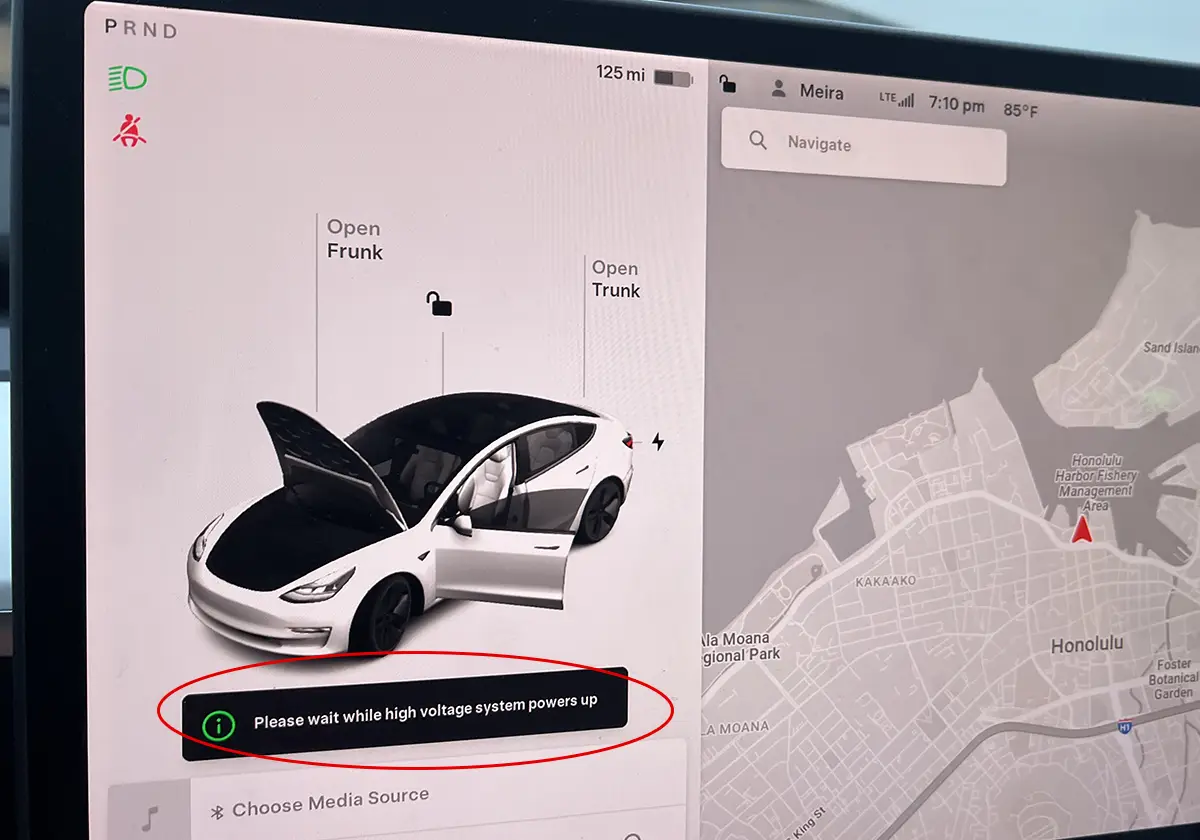
We discovered the main battery was fine and mostly charged, but the 12V battery—which controls everything else—was dead. He hooked up a portable charger to the 12V battery and, finally, I was able to get in, disconnect the charger (which I’d been paying this entire time for), and retrieve my phone. The main screen eventually powered on and gave some kind of warning before going black again as soon as the portable charger was removed. The 12V battery wasn’t just dead—it couldn’t hold a charge. And because the couple had already left, the driver couldn’t tow my car to Tesla without new authorization. So I had to contact my insurance, now that I had my phone.
It was 7:20pm. My car was completely disabled. I was blocking a charger, sitting in a dead car with the door open because I couldn’t unlock it again without a portable charger. Mosquitoes were biting me as I sat on hold with Allstate—after being hung up on and bounced through multiple useless menus. Allstate’s support is terrible in comparison to Geico, which of course I had to use to avoid insane insurance premiums.
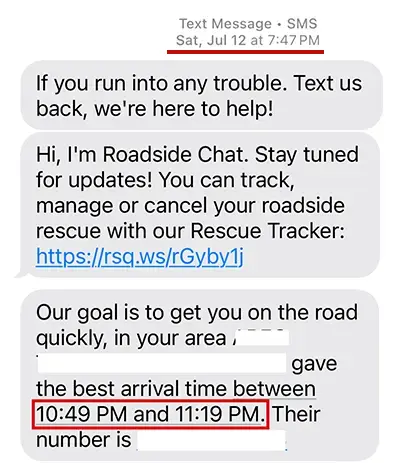 Allstate eventually scheduled a tow—for between 10:49pm and 11:19pm. Three hours later! I was dehydrated, my phone was dying. I was hungry and angry. I called again, fought through their system, and demanded they find someone else. Eventually, they confirmed they’d be using the same tow company that had already helped earlier.
Allstate eventually scheduled a tow—for between 10:49pm and 11:19pm. Three hours later! I was dehydrated, my phone was dying. I was hungry and angry. I called again, fought through their system, and demanded they find someone else. Eventually, they confirmed they’d be using the same tow company that had already helped earlier.
Around 8:40pm it was raining quite a bit. I tried to pull the door slightly closed so the interior & me wouldn’t get wet… and accidentally latched it. The car locked itself. Still dead. Still half-open.
I WAS LOCKED INSIDE MY TESLA FOR OVER AN HOUR.
What you don’t know could cost you your life!
I started thinking: What if this happened in an accident? If the 12V battery gets damaged, does that mean nothing in the car works? Steering? Brakes? Doors? Would I literally be trapped in my own vehicle? Yes—unless you already know the obscure manual override. Tesla never mentioned this—something I only discovered after the fact. Most people would have no idea there’s a hidden lever you need to lift, especially since there’s no label or indication that it’s even there.
An hour later, the tow truck operator returned, re-powered the 12V battery, and I could finally open the door. I got out, grabbed my belongings—including groceries that had now sat in the car for 4 hours—and we towed the car to Tesla. They were out of envelopes for the dropbox, so I just dropped my key card anyway and took a Lyft home.
I got home just after 10pm. Nearly 5 hours later. But it doesn’t end there. Starting at 11:54pm, I began receiving “door unlocked” notifications from Tesla—even though the car had no power. I still can’t lock it remotely. Is my car now just sitting in Tesla’s barely secured lot, wide open for anyone to steal from? And Tesla? Closed until Monday.
I called Tesla early Monday morning, and they immediately put you on hold—then the call disconnected about five seconds later. I was hung up on four times. I tried to quickly tell them it was hanging up on me but they didn’t seem to care. Fifth time, I finally got through and was told it would take several days to fix because ‘they were backed up.’
My Lyft ride back to Tesla was with a young man who had leased a Tesla through Uber and told me he once waited 3.75 hours in line at a Tesla charging station. His words were, ‘Once you’re there, you’re committed—because you’ll run out of charge.’ Exactly!
Why WE Deserve a Full Refund on OUR Teslas
We deserve better than this! The U.S. government gave Elon Musk billions in subsidies—money that ultimately came from us, the taxpayers. And yet here I am, stuck with a car that’s practically worthless after just four years. More than $40K down the drain. Meanwhile, Musk is worth tens of billions. How are we still propping up someone who’s clearly the only one benefiting?
This car was supposed to help the environment—and also us, the drivers! Instead, it’s one of the worst machines I’ve ever owned. When I mentioned this to the tow truck driver, he replied, “I didn’t want to say anything, but yes, these cars are terrible.” I told him about my last car, the Porsche and he said ‘how could you!’ I replied, ‘I know, I’m kicking myself for being so stupid’.
It’s been over 20 years since I’ve even had to call roadside assistance. With this Tesla, I’ve already had five major issues—and it’s only four years old. Egos aside, this car lacks basic intelligence.
5 issues in only 4 years and with only 16,168 miles on it.
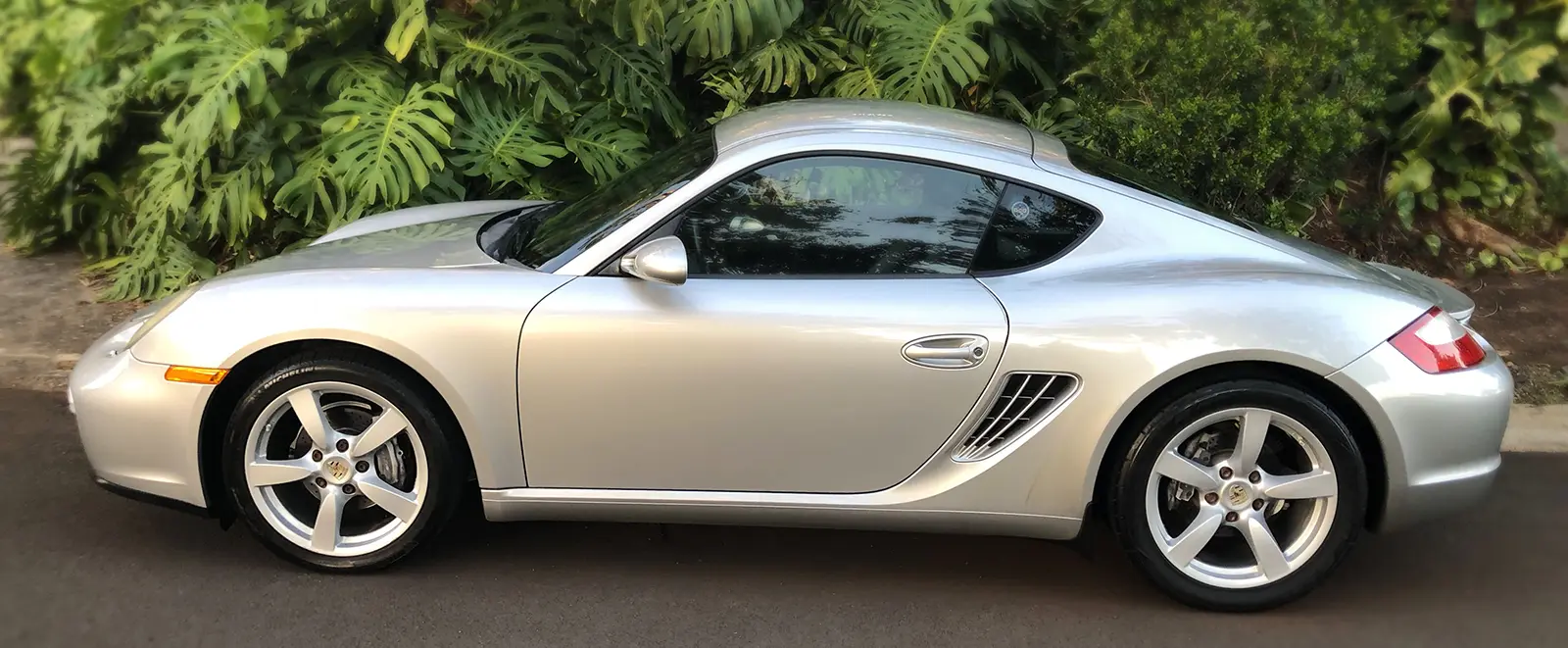
Versus my 2008 Porsche which had no minor issues in 6 years and WAY more miles on it.
I’m so pissed at myself for selling this car.
My Invoice for Musk
Please pay at your convenience.
swipe right to left <–>
| Tesla 3 | 43,040.02 |
| Roof Rack & All-Weather Truck Liner | $554.98 |
| CHAdeMO adapter | $418 |
| 12v & Pyrotechnic Battery Replacement (Parts were only $134.76) | $1,1,31,67 |
| Key Card replacement | $36.65 |
| TOTAL | $45,144.67 |
If you refund me, you can gladly have your vehicle back, or I can give it away.